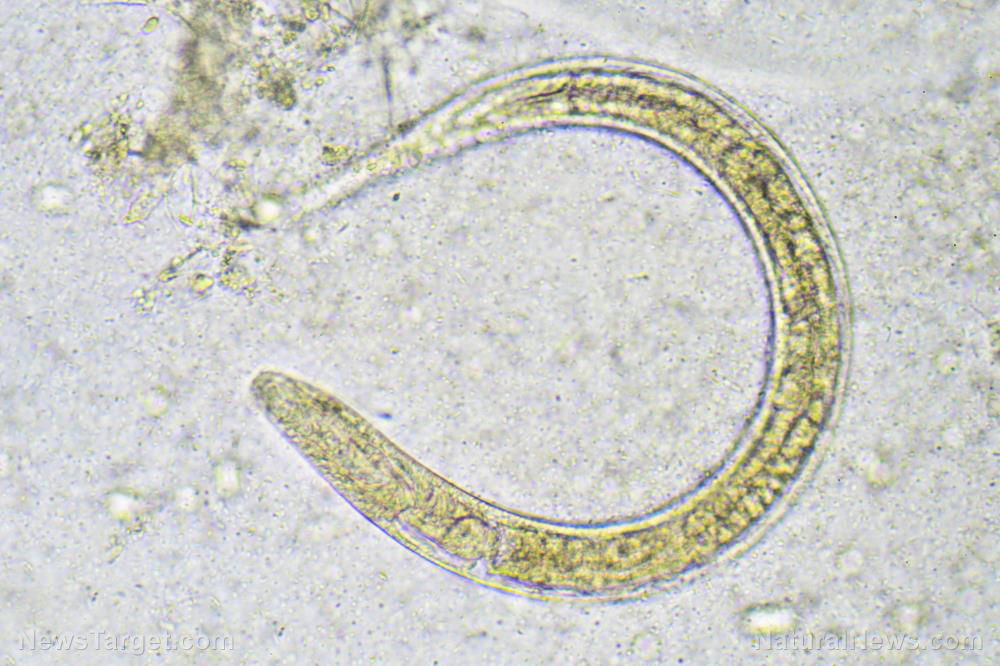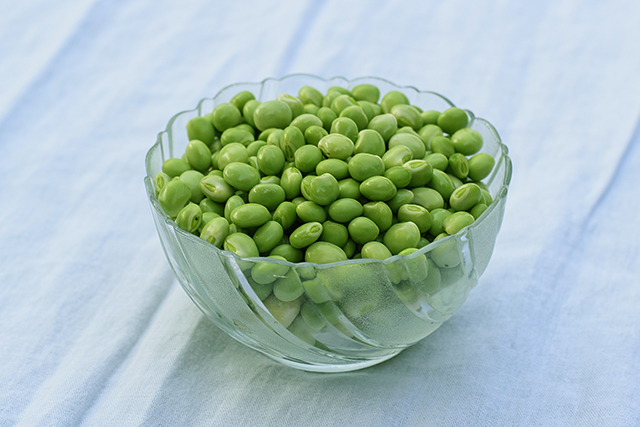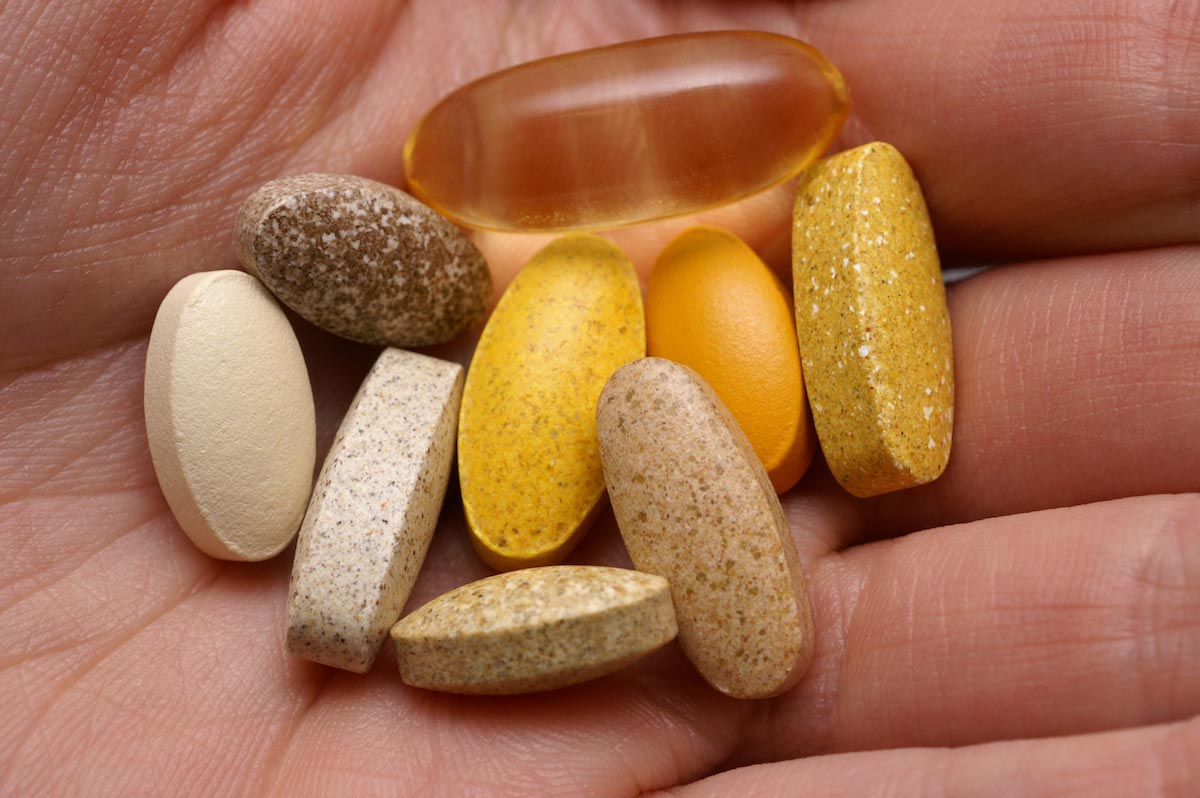A few minutes is all you need: HIIT workouts can improve your body on a cellular level
06/13/2019 / By Zoey Sky

Do you often skip the gym because you’re busy with work? If you can’t find the time to work out due to your busy schedule, you might want to try high-intensity interval training (HIIT). According to a study by Australian researchers, a few minutes of HIIT offer the same benefits as 30 minutes of moderate exercise.
The small study was published in the American Journal of Physiology-Regulatory, Integrative and Comparative Physiology.
How does HIIT affect the mitochondria?
In the study, the researchers monitored eight young adult volunteers and their cellular response to exercise. But instead of looking at the physical changes in the participants, the research team studied their mitochondria: the “energy powerhouses” of the cells.
The mitochondria produces energy for the cell to use. As people age, the activity of the mitochondria declines. This is why older people aren’t as energetic as younger individuals.
Data from a 2017 study revealed that maintaining healthy mitochondria is crucial for preventing age-related muscle problems, such as muscle dysfunction and weakness.
In the present study, scientists analyzed mitochondrial changes after volunteers completed three types of exercise:
- In the first exercise, participants worked out for 30 minutes at a moderate level.
- The second type of exercise was modeled after popular HIIT workouts. This kind of exercise required the participants to perform five four-minute-long cycling sessions using near-maximum effort. Each session was followed by one minute of rest.
- The third type of exercise included sprints, with four 30-second cycling sessions at maximum effort. Each session was followed by 4.5 minutes of recovery time.
After each exercise, the researchers measured the amount of energy the volunteers expended for the workout. They also examined the mitochondrial changes in the cells of the volunteers’ thigh muscles.
The researchers found that two minutes of sprint interval exercise was sufficient to elicit similar responses as 30 minutes of continuous moderate-intensity aerobic exercise.
While this result is encouraging, it is worth noting that this study is small. Further research will determine if the results can be replicated in a larger sample size.
What is HIIT?
High-intensity interval training involves alternating high-intensity exercise and short rest periods to maximize calorie burn and cardiorespiratory fitness. In addition, the intensity of the exercise depends on an individual’s fitness level. The goal of HIIT is to get the heart and the lungs working at peak capacity quickly in the sustained bursts of intense exercise.
HIIT also promotes weight loss because it increases the number of calories the body burns during and after a session. By increasing your metabolism, HIIT helps you burn more stored fat. (Related: Here’s why people with metabolic syndrome should participate in a high-intensity interval training.)
If you’re looking to try HIIT, it is best to pace yourself to avoid injuries and determine a schedule that works for you.
Precautions before starting HIIT
If you have cardiovascular disease or health concerns, HIIT may not be the right workout for you. For those without these concerns, make sure that you have the endurance to handle a 20-minute cardio session first before you focus on HIIT.
To maximize results, you can combine HIIT with other types of physical activity. For instance, you can do HIIT and resistance training or weightlifting to lose weight and gain muscle. This combination can help maximize your body recomposition efforts.
Lastly, get enough rest and follow a well-balanced diet so you can reach your fitness goals.
Start slow, build your endurance, and, if your condition permits, try HIIT if you want an exercise that doesn’t require spending too much time at the gym.
Sources include:
Tagged Under: aging, cardiorespiratory fitness, cardiovascular health, cell energy, cellular response, energy production, exercise, fat metabolism, fitness, heart health, high-intensity interval training, HIIT, HIIT workouts, metabolism, mitochondria, mitochondrial function, moderate intensity exercise, physical activity, regular exercise, research, slender, training, weight loss
RECENT NEWS & ARTICLES
COPYRIGHT © 2017 LONGEVITY NEWS



















